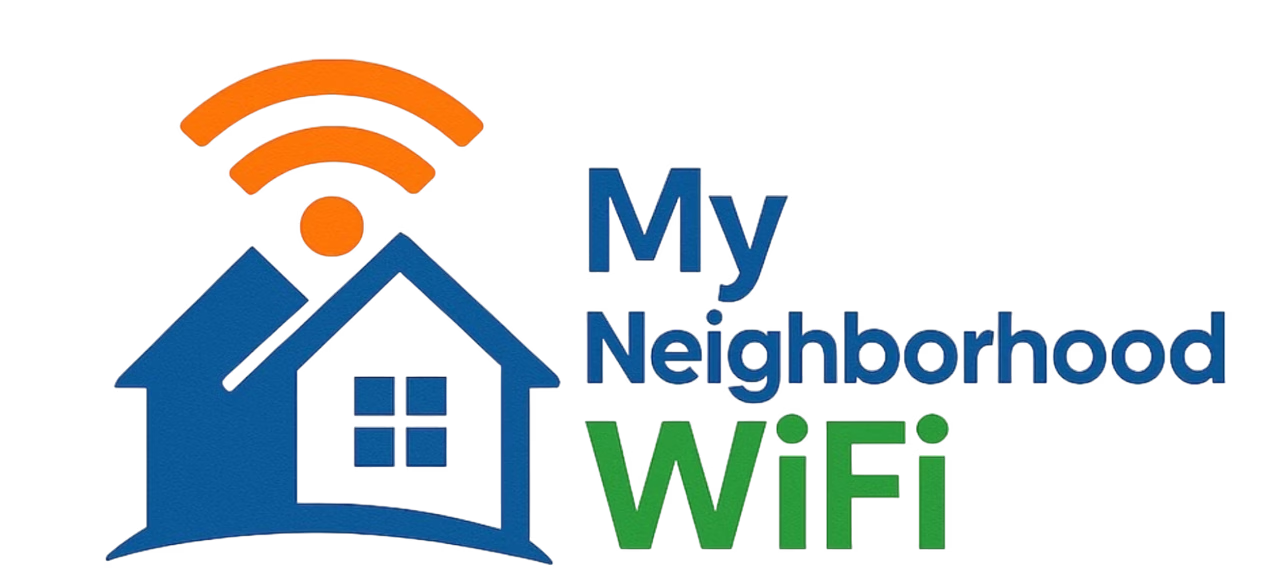
Choosing the best internet providers with family friendly plans in 2025 has become more important than ever. Families today rely on internet not only for entertainment, but also for learning, working from home, and even managing smart home devices. However, what makes a plan “family friendly” isn’t only about speed—it’s about reliability, parental controls, affordability, and the ability to handle multiple devices at once.
In this guide, we’ll walk you through features, tips, and considerations that make an internet plan stand out for households. Let’s explore together!
What Makes an Internet Plan Family Friendly?
Before diving into specific providers and technologies, let’s define what “family friendly” means in terms of internet service. Here are the top factors:
- Multiple-user support: Can handle streaming, online gaming, video calls, and browsing at the same time.
- Parental controls: Tools to manage and monitor kids’ online activities.
- Consistent speeds: Not just high advertised speeds, but stable performance during peak hours.
- Affordable pricing: Fair pricing without too many hidden charges.
- Simple upgrades: Ability to add more bandwidth as a family’s needs grow.
- Reliable coverage: Good Wi-Fi signal across the entire house, including bedrooms, basements, and backyards.
Technology Types Families Should Consider
Not all internet delivery systems are equal when it comes to handling family needs. Here are the main categories:
Fiber Internet
Fiber internet delivers the fastest speeds available and is best for families who stream in 4K, use multiple devices at once, and need top reliability. Upload speeds are usually equal to download speeds, making it great for video calls and online schoolwork.
Cable Internet
Widely available with solid speeds and pricing, cable internet is a good middle ground for most families. However, speeds may slow down slightly at peak times.
DSL Internet
Although slower than fiber or cable, DSL may still work for smaller households or families who only need moderate online use. It’s often available in rural areas where fiber hasn’t reached.
Fixed Wireless Internet
Fixed wireless uses a radio signal from a nearby tower. It’s flexible and more available in suburbs and some rural areas. Speeds vary depending on location and provider technology.
Satellite Internet
Satellite works almost anywhere, which is a plus in rural regions. However, it often comes with data caps and higher latency, making it less suitable for heavy streaming or gaming households.
Important Features That Help Families
Parental Controls and Safety Tools
Many modern routers and provider apps offer parental controls that allow you to:
- Block unsafe or inappropriate websites
- Set screen time limits for kids
- Pause the internet during family meal time
- Track which devices are online
Wi-Fi Coverage and Mesh Systems
Strong Wi-Fi is the backbone of a family-friendly network. Traditional routers sometimes leave dead zones. Mesh Wi-Fi systems place multiple nodes around your home to provide even coverage. As explained at yestechie.com, using a wired backhaul connection can significantly improve performance compared to wireless backhaul, especially in multi-story homes.
Router Quality and Updates
Even the best provider can deliver only as much as your router allows. Upgrading to a Wi-Fi 6 or Wi-Fi 6E router helps families manage many devices at once without slowing down. According to the BroadbandNow router guide, affordable models like the TP-Link Archer AXE75 and AX55 are strong choices when balancing performance and budget.
Tips for Keeping Internet Speeds Fast for Families
- Place your router in a central, elevated location
- Update router firmware regularly (CAS Cable explains this improves performance)
- Use Ethernet wires for gaming systems and smart TVs
- Consider a Wi-Fi extender if your signal doesn’t reach everywhere
- Run occasional speed tests to ensure you’re getting what you pay for
Comparing Family Friendly Features
Here’s a comparison table of features families often look for in their internet plans:
| Feature | Why It Matters |
|---|---|
| Parental Controls | Keeps children safe online and allows content filtering |
| Unlimited Data | Ensures streaming, schooling, and downloading don’t lead to overage fees |
| Wi-Fi Mesh Support | Expands signal to every room and avoids dead zones |
| Speed Reliability | Guarantees smooth online classes, calls, and streaming |
| Affordable Plans | Keeps monthly household costs in check |
How to Choose the Right Internet Plan for Your Family
Evaluate Household Size and Needs
Count the number of active devices in your home. A family with four members streaming shows at the same time will need a higher-speed plan than a couple mainly browsing and emailing.
Check Coverage in Your Area
Speeds and services vary by area. Look up local reviews, ask neighbors, or check Yelp to see what nearby families recommend.
Consider Extra Equipment Needs
Sometimes, renting a provider’s router isn’t cost-efficient. Your own router—especially a Wi-Fi 6E model—may serve your family better in the long run, with stronger signal and better features for kids.
Look for Family Perks
Some providers offer free streaming app subscriptions, smart home device discounts, or learning resources. These extras can be valuable to families beyond just raw internet speed.
Managing Wi-Fi for Kids and Parents
Internet time management is as important as internet speed. Modern families benefit from features that help balance digital life:
- Parental dashboards from router apps
- Bedtime Wi-Fi schedules to help kids log off screens
- Guest Wi-Fi networks to isolate visitors’ devices from family PCs
- Activity logs showing the highest bandwidth users
Parents often share tips on platforms like Reddit’s HomeNetworking community, where you can find peer advice on kid-friendly filtering and Wi-Fi best practices.
Future-Proofing Your Family Internet in 2025
Technology evolves quickly, and kids grow up fast. A plan that works in 2025 should still hold up for the next few years of higher demand. Here’s how to future-proof your family internet:
- Choose speeds higher than your current needs—streaming video quality keeps increasing
- Get Wi-Fi 6 or Wi-Fi 6E routers that support dozens of devices without lag
- Look for providers that offer easy speed upgrades without contract penalties
- Invest in mesh systems for large or multi-story homes
- Keep antivirus and firewall protections active on family computers
Simple Troubleshooting Families Can Do
Sometimes, internet issues can be solved with easy steps before calling support. Teach your household these quick fixes:
- Restart the router (unplug for 20 seconds and plug back in)
- Switch from Wi-Fi to Ethernet to test speeds
- Clear the Wi-Fi channel if too many neighbors’ routers overlap
- Check if firmware updates are available for your router model
- Use apps like NetSpot Wi-Fi Analyzer to detect dead zones
Conclusion
The best internet providers with family friendly plans in 2025 are the ones that balance speed, safety, affordability, and flexibility. Each family will have different needs based on household size, number of devices, and digital habits. By considering features like parental controls, unlimited data, and strong Wi-Fi coverage, you can set up a home network that grows alongside your family. Whether you’re streaming cartoons with the kids, working remotely, or managing smart home devices, reliable family internet is the backbone of modern life.
“Most inquiries are answered within the same day”
Written by admin
Content writer and tech enthusiast sharing insights on internet connectivity.



